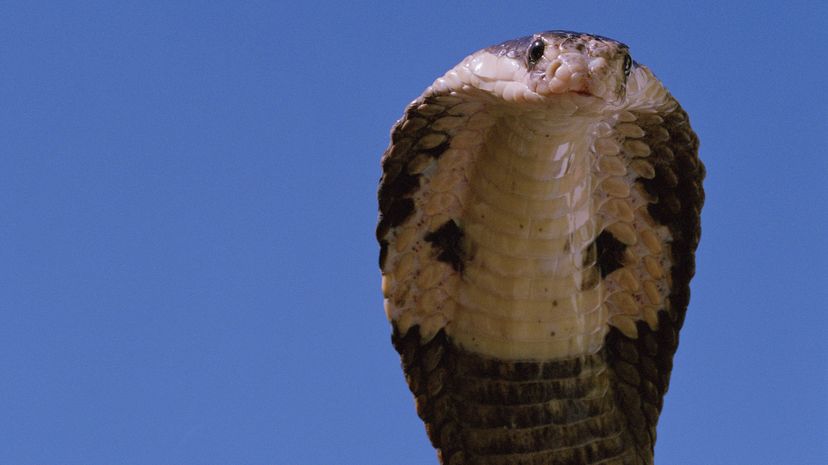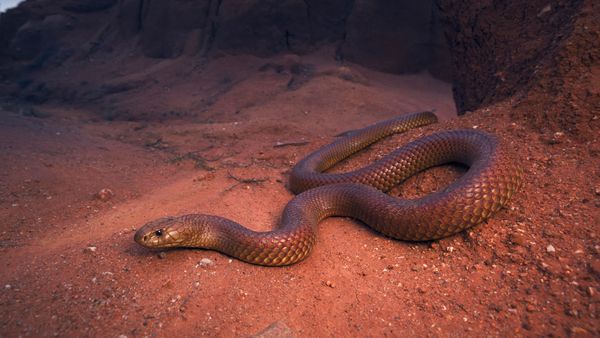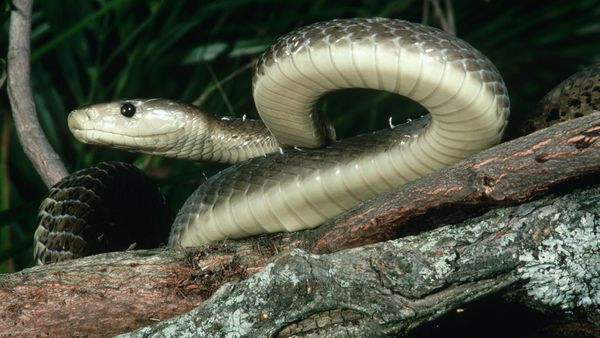
The king cobra is the longest venomous snake in the world. This marvel of nature exudes fierceness with its distinct features and behaviors and can reach up to 18 feet (5.5 meters) in length.
Its intimidating hood, which expands when threatened, and its deep, loud "hiss" resembling a growl, add to the serpent's fearsome presence. But that signature hiss is not the only unique trait or behavior this snake possesses.
Advertisement
The mother king cobra is the only snake known to build a nest for its eggs, a rare behavior among snakes. This intelligence and parental care, combined with its potent venom capable of killing an elephant, underscore the king cobra's formidable status in the animal kingdom.


